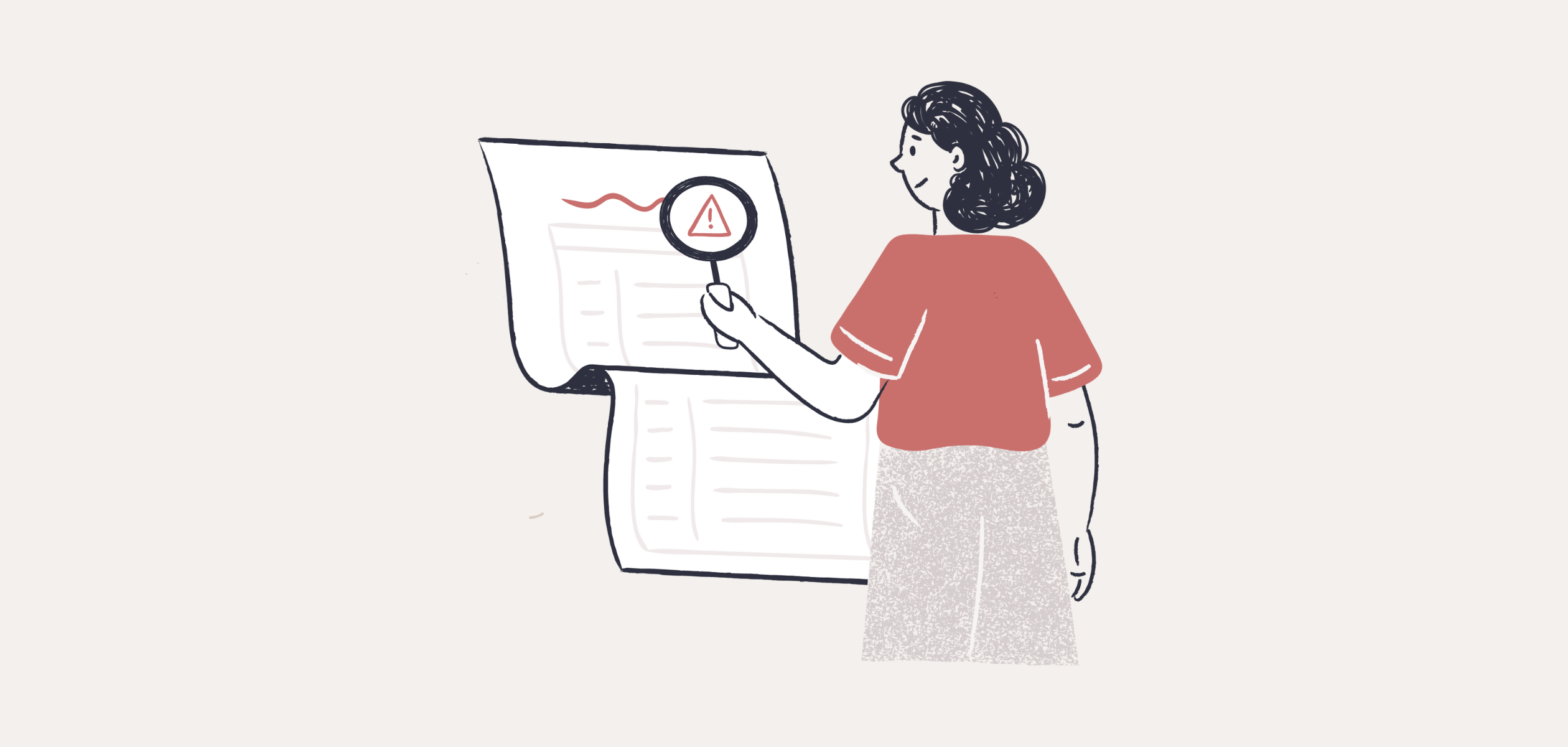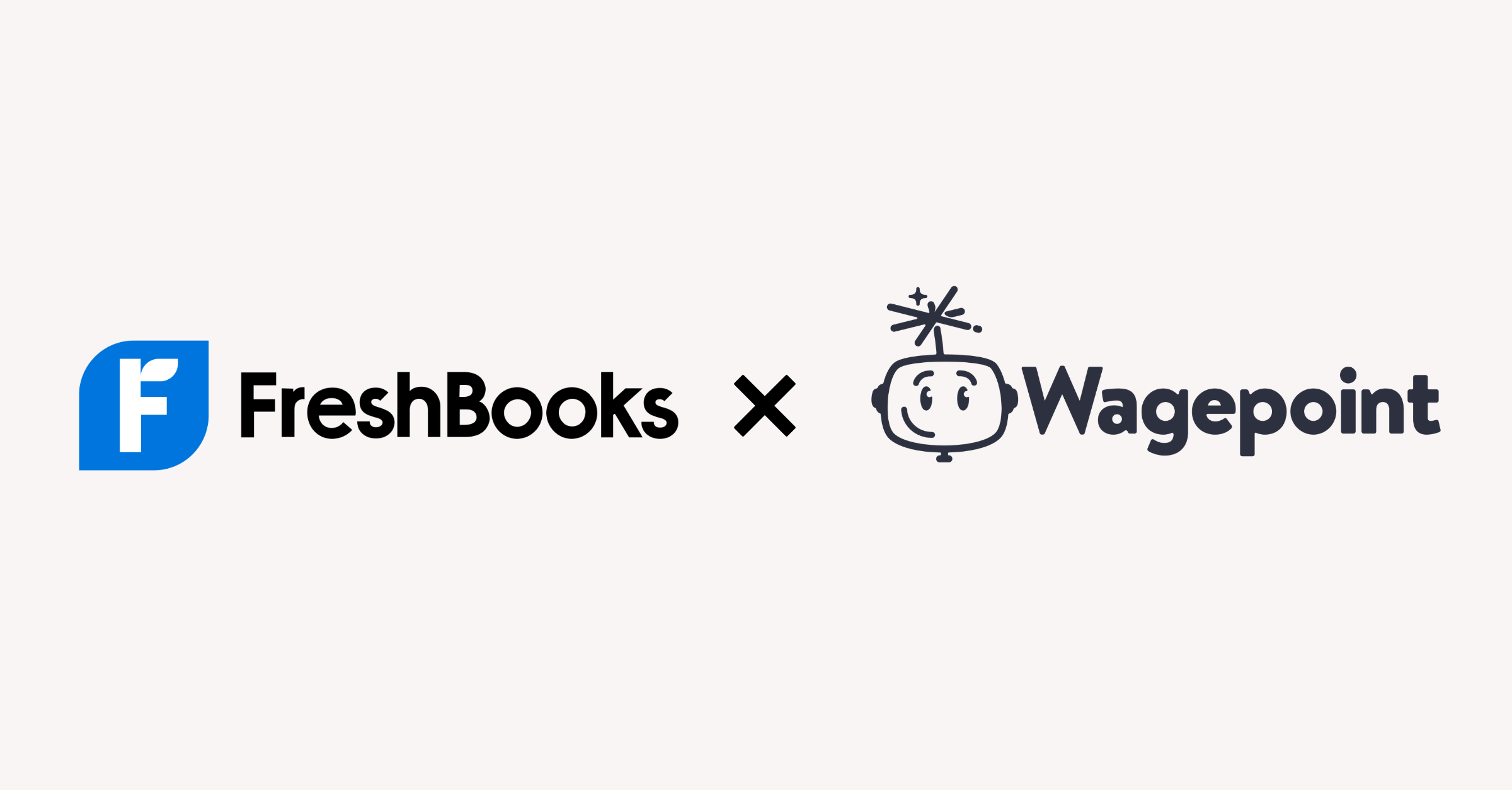Become an insider!
Get our latest payroll and small business articles sent straight to your inbox.
What is a Record Of Employment (ROE)?
An ROE is used by Service Canada to determine if a person is eligible to receive Employment Insurance (EI) benefits. It details the insurable earnings collected by your employees during their time with your business.
The system is designed to help regulate what the payout will be and how long the benefits are paid out.
ROEs ensure that that employees are getting the correct benefits for those who qualify.
Special situations of note:
- If you’re a business outside of Canada and your Canadian employee is paid Canadian funds and has EI premiums deducted from their gross pay, you’ll have file ROEs if they experience what’s classified as an “interruption in earnings.”
- Workers in Québec — Québec Parental Insurance Plan (QPIP) employees don’t qualify for EI maternity and parental benefits if they haven’t paid EI premiums. They will have to contact QPIP directly to sign up.
Why do ROEs matter?
If you’re wondering if ROEs are common practice, it’ll be good to note that over a million employers in Canada fill out over nine million ROE forms each year for their employees.
Employees need their ROEs issued to apply for EI and it’s the employer’s responsibility to issue to ROE in a timely manner.
The repercussions of forgetting to submit an ROE can be harsh.
Failure to submit an ROE could result in a fine of up to $2,000 or up to six months imprisonment (or both). Ouch.
What Qualifies As “Insurable Earnings”?
Insurable earnings are any form of compensation paid to your employees for which EI premiums are paid.
Insurable earnings can include:
-
Commissions
-
Bonuses of all types
-
Cost of living raises
-
Sick leave pay
-
Overtime work
-
Statutory holiday pay
-
Vacation pay
-
Salary and wages (of course!)
-
And more
In certain cases, hours are not insurable. For example, if an employee of a corporation owns more than 40% of the corporation’s voting shares, the employment hours don’t qualify.
Here are a few other examples in which earnings are NOT insurable:
-
Severance pay
-
Accumulated sick leave
-
Automobile operating expense
Who’s the final judge on insurable earnings?
Service Canada will determine where insurable earnings are allocated on the ROE, but it’s the CRA that has the final say on what types of earnings are insurable.
What is an Interruption of Earnings?
An interruption of earnings is in play when the employee anticipates having no insurable earnings for seven consecutive calendar days.
When should I file an ROE?
As an employer, you’re required to issue an ROE when an employee that’s working in an insurable earnings environment experiences an interruption of earnings.
Common examples of when you need to file an ROE:
-
An employee resigns/ voluntarily leaves
-
An employee is fired or terminated
-
A paid internship ends
-
An employee goes on maternity or paternity leave
Here are a few unique examples of when you need to file an ROE:
-
When there’s a change in payroll frequency
-
When there’s a change in a payroll provider
-
When the salary falls below 60% of normal weekly earnings — due to illness, injury, pregnancy, the need for a parent to care for either newly born or adopted children, or the need to provide care or support to a family member who is gravely ill with a significant risk of death.
-
If the employee is anticipating seven (consecutive calendar days without both work and insurable earnings from the employer.
Are there exceptions to the ROE rules?
There are exceptions and they relate to the industry and type of work.
Here are a few examples:
-
Real estate agents
-
Commissioned salespeople
-
Employees who have non-standard workdays (For example, a pilot may be on call to work three consecutive 12-hour shifts but has eight consecutive days off.)
How long do you have to issue an ROE?
You must submit the ROE within five (5) calendar days of the employee’s last day of work if filing by paper — regardless of why they left whether it be termination, resignation or other reasons.
If you issue ROEs electronically and your pay period is weekly, biweekly, or semi-monthly, you have up to five calendar days after the end of the pay period in which an employee’s interruption of earnings occurs to issue an electronic ROE.
If you have a monthly pay period or 13 pay periods per year (every four weeks), you must issue electronic ROEs by whichever date is earlier:
- Five calendar days after the end of the pay period in which an employee experiences an interruption of earnings
- 15 calendar days after the first day of an interruption of earnings
As mentioned above, failure to do so may have serious consequences such as fines or prosecution.
How to submit a Record of Employment
ROE Secure Automated Transfer (SAT)
-
The fastest way to submit your ROEs is through ROE SAT within Wagepoint. Click here for instructions.
-
You can also issue the ROE through ROE Web manually online on the Service Canada website.
Steps to Submitting a Paper Form Record of Employment
The paper form will require three carbon copies. One given to Service Canada, one given to your employee, and one for you to keep.
-
Reach out to the Employer Contact Center and request a paper form.
-
Complete the form.
-
Give Part 1 to the employee who will use this copy to apply for EI benefits.
-
Send Part 2—the blue copy—to your local Service Canada Center.
-
Keep Part 3 for your records.
Potential employee ROE questions and how to answer them
Where can I find my ROE?
If your employer has submitted an electronic ROE, they can access their ROE at their My Service Canada Account.
Otherwise, they should receive a paper copy from their employer.
Is dismissal cause for EI?
In consideration for EI eligibility, your reason for dismissal will be factored in.
If you’re dismissed for misconduct, you will not qualify for EI.
Examples of misconduct include:
-
Intoxication in the workplace
-
Threatening behaviour
-
Absence or lateness without permission
-
Not complying with supervisor instructions
The EI investigation will have you answer three key questions:
-
Your reason for dismissal
-
If you were provided with a prior warning
-
Your aim to improve the situation
Am I eligible for EI if I quit my job?
Just like the situation above, your reasoning for quitting factors into your eligibility for EI. Resigning from your work without just cause will make you ineligible for EI.
There are various situations that are considered just cause, such as:
-
Victims of sexual harassment in your workplace
-
Resignations due to discrimination
-
Having reasonable certainty of another job in the near future
-
Subjection to excessive overtime or they fail to pay for overtime
-
Major changes in your job duties
-
Your employer is breaking the law
See a full list of just causes for resignation here.
Can I apply to EI without my ROE?
You will eventually need an ROE to apply for EI. However, you should submit your application as soon as possible to reap the benefits of an earlier submission. A delayed submission of your ROE will hold up your application, so ask your employer to submit the ROE in a timely manner.
How long will I be able to access my ROE?
Service Canada will hold on to your ROE for eleven years. You should be able to access the ROE electronically anytime during that period.
Handle ROEs with ease
Dealing with ROEs may feel like another plate to spin. But by complying with Service Canada’s regulations, you’ll avoid fines and keep a good relationship with previous and existing employees.
If you’re a Wagepoint customer, we can submit your ROEs for you.
Upon your authorization, we will file your information to Service Canada for you. Click here for information on how you can create, and submit, your ROEs within Wagepoint.
The information we share on our blog is intended to be informational. It does not replace the expertise of accredited business professionals.











